Space
-
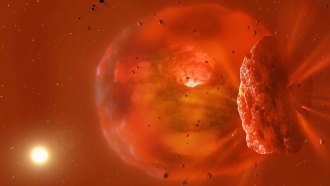 Planetary Science
Planetary ScienceIn a first, astronomers spot the afterglow of an exoplanet collision
A surge of infrared light from a remote star might have been a glow cast by the vaporized leftovers of an impact between Neptune-sized worlds.
By Elise Cutts -
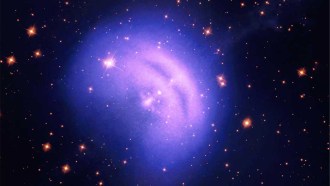 Physics
PhysicsVela’s exploded star is the highest-energy pulsar ever seen
A spinning dead star about 1,000 light-years away, in the constellation Vela, raises questions about how pulsars can emit such extreme radiation.
-
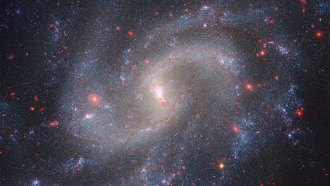 Cosmology
CosmologyNew JWST images suggest our understanding of the cosmos is flawed
JWST data don’t resolve a disagreement over how fast the universe is expanding, suggesting we might need strange new physics to fix the tension.
-
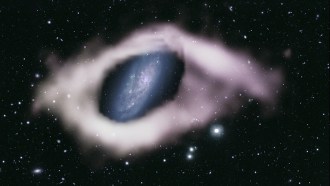 Astronomy
AstronomyThis ‘polar ring’ galaxy looks like an eye. Others might be hiding in plain sight
New images of two galaxies reveal what look like rarely seen rings of hydrogen gas nearly perpendicular to the galaxies’ starry disks.
By Elise Cutts -
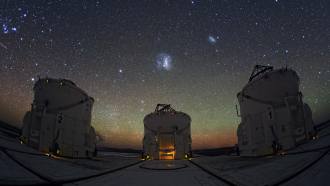 Astronomy
AstronomyAstronomers call for renaming the Magellanic Clouds
Explorer Ferdinand Magellan is not a fitting namesake for the pair of satellite galaxies of the Milky Way, a group of scientists argues.
-
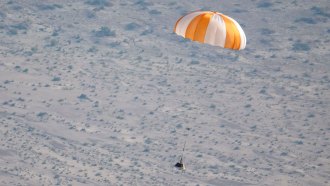 Space
SpaceNASA’s OSIRIS-REx has returned bits of the asteroid Bennu to Earth
Asteroid dirt from Bennu could help reveal clues about the material that came together to make the solar system — and possibly where life comes from.
-
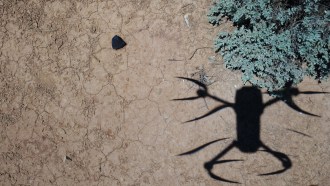 Planetary Science
Planetary ScienceHow drones are helping scientists find meteorites
Searching for fallen space rocks is labor intensive. A team of researchers in Australia is speeding things up with drones and machine learning.
-
 Space
SpaceClara Sousa-Silva seeks molecular signatures of life in alien atmospheres
Quantum astrochemist Clara Sousa-Silva studies how molecules in space interact with light, offering clues to what distant objects are made of.
By Elise Cutts -
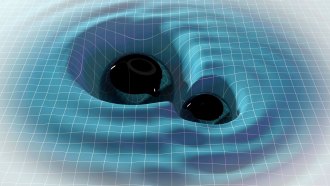 Physics
PhysicsScientists have two ways to spot gravitational waves. Here are some other ideas
From lasers in space to falling atoms on Earth, researchers are cooking up ways to sense gravitational waves that current methods can’t detect.
-
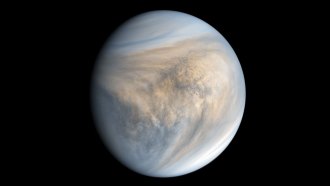 Planetary Science
Planetary ScienceFlashes in Venus’ atmosphere might be meteors, not lightning
With upcoming missions planned for Venus, scientists are eager to figure out the origin of the mysterious flashes.
By Sid Perkins -
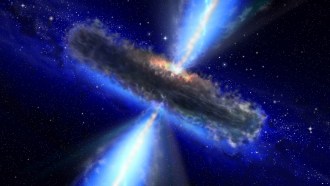 Astronomy
AstronomyActive supermassive black holes may be rarer than previously thought
A dearth of rapidly growing black holes in new James Webb telescope data raises questions about how these behemoths grow and influence their galaxies.
-
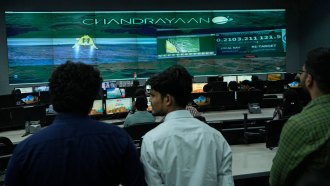 Space
SpaceIndia’s successful moon landing follows recent failures by other countries
The Chandrayaan-3 mission delivered a lander and rover to the moon. Attempts by other countries this year show that getting there is still a challenge.